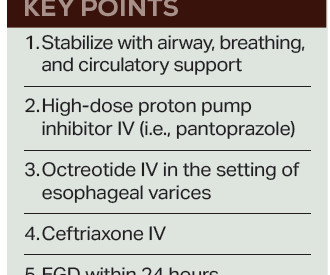Thrombotic Thrombocytopenic Purpura (TTP)
Core EM
JANUARY 25, 2024
Annual incidence of approximately 2-4 cases/million/year (Kappler, 2017), with 90% of cases occurring in adulthood. Joly, 2017) Risk factors include: Female, 2:1 female to male predominance (Terrell, 2010) Black race Obesity TTP is a life-threatening condition with mortality of 10-20% despite targeted therapies.













Let's personalize your content